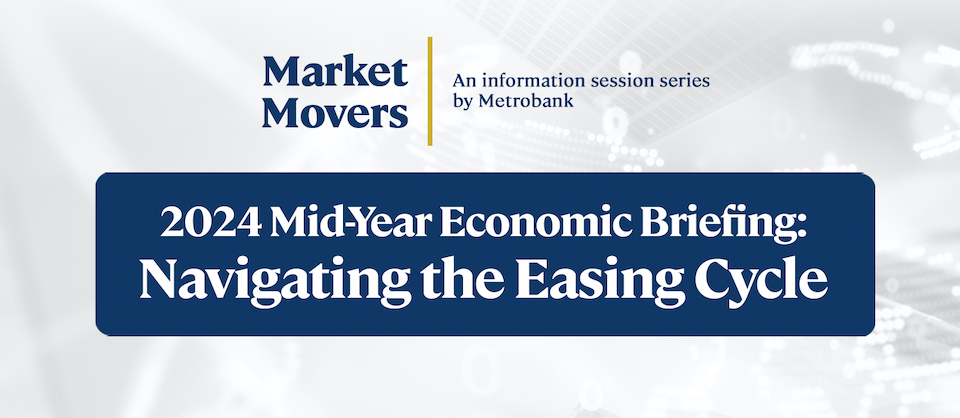Read this content. Log in or sign up.
If you are an investor with us, log in first to your Metrobank Wealth Manager account.
If you are not yet a client, we can help you by clicking the SIGN UP button.

Fundamental View
AS OF 17 Jun 2025Krung Thai Bank is the 3rd largest bank by assets in Thailand, with a 55.07% state ownership through the Financial Institutions Development Fund. We see strong government support underpinning KTB’s underlying credit profile.
The state influence opens the bank up to potentially government-directed lending; it has secured an increasingly meaningful portion of banking business from government agencies and State Owned Enterprises, which underscored its one-notch upgrade by Fitch in Dec-21.
KTB was faced with asset quality challenges in the past and had the highest NPL ratio and restructured loans among the major Thai banks. It has since de-risked its loan book, and asset quality has proven to be more resilient than its peers with lower COVID-19 restructured loans.
Business Description
AS OF 17 Jun 2025- KTB is the 3rd largest bank by assets in Thailand. The Thai Financial Institutions Development Fund owns 55.07% of the bank, and has a free float of 44.93%.
- Being the largest state-owned bank, it secures a meaningful portion of banking business from government agencies and State Owned Enterprises (SOEs) and per the bank, is the preferred bank for the government and SOE employees.
- Though state owned, the bank runs on a commercial basis and is not considered as a policy bank.
- KTB's loan profile comprised 45% retail, 25% private corporates, 10% SME, and 20% Government & SOEs at March 2025.
Risk & Catalysts
AS OF 17 Jun 2025We see a significant impact to the Thai economy from potential US tariffs, with ripple effects in the form of lower bank NIMs and higher credit costs than earlier guided for this year.
Moody’s also downgraded its rating outlook on the Thailand sovereign, and consequently the Thai banks including KTB, to negative on 29 April 2025, citing increased risks to Thailand’s economic and fiscal strength, partly due to the potential impact of new US tariffs.
We anticipate greater NIM pressure on KTB than most peers given the larger corporate book, which has started to come through. Loan growth will also remain middling across the Thai banks due to a focus on quality amid the current backdrop. However, we take comfort in KTB’s conservative focus on the government agencies/SOEs segment, which is supporting asset quality well amid the challenging environment.
Key Metric
AS OF 17 Jun 2025| THB mn | FY21 | FY22 | FY23 | FY24 | 1Q25 |
|---|---|---|---|---|---|
| PPP ROA | 1.83% | 1.98% | 2.40% | 2.45% | 2.56% |
| ROA | 0.63% | 0.94% | 1.01% | 1.20% | 1.25% |
| ROE | 6.1% | 9.2% | 9.4% | 10.6% | 10.5% |
| Equity/Assets | 10.5% | 10.9% | 11.4% | 12.3% | 12.6% |
| CET1 Ratio | 15.6% | 15.6% | 16.5% | 17.9% | 18.2% |
| Calculated NPL ratio | 3.50% | 3.26% | 3.08% | 2.99% | 2.97% |
| Provisions/Loans | 1.31% | 0.93% | 1.43% | 1.18% | 1.23% |
| Gross LDR | 99% | 98% | 104% | 100% | 97% |
| Liquidity Coverage Ratio | 196% | 201% | 202% | n/m | n/m |
CreditSight View Comment
AS OF 22 Apr 2025KTB is the 3rd largest bank in Thailand by assets and the largest state-owned bank. It is 55% indirectly owned by the Thai government and thus secures meaningful business from government agencies and SOEs (~20% of total loans), which has undergirded its stable asset quality during and post-COVID; it was faced with asset quality challenges in the past, but fundamentals have improved as it de-risked its loan book. We see greater NIM pressure on KTB than most peers from the turn in base rates. We also see a significant impact to the Thai economy from potential US tariffs, with ripple effects in the form of lower bank NIMs and higher credit costs. The CET1 ratio though is solid at ~18% and the loan mix is safer than peers. We have it on M/P as the $ AT1 trades fair versus other SSEA banks.
Recommendation Reviewed: April 22, 2025
Recommendation Changed: April 22, 2025
Who We Recommend
Sultanate of Oman

Korea Electric Power Corp.

Korea Gas Corp.










 DOWNLOAD
DOWNLOAD



